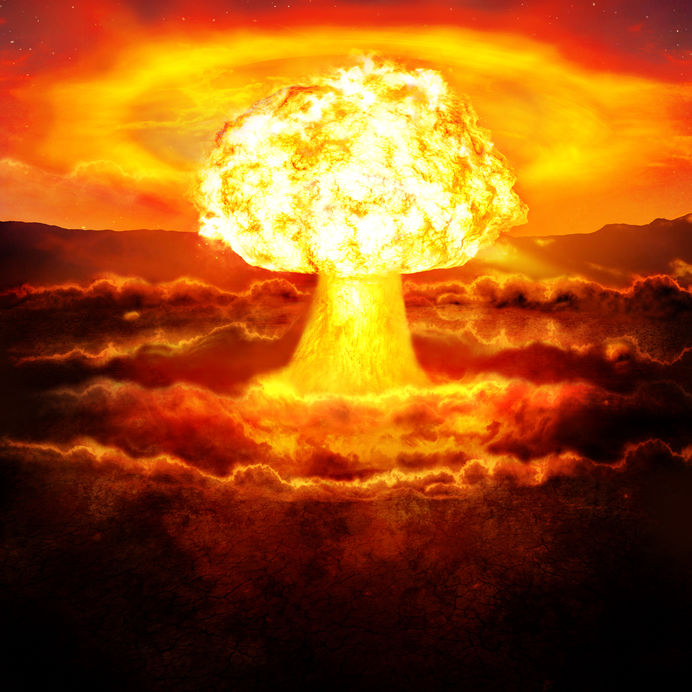A purported comment by President Trump on nuking hurricanes has caused quite a fury. But it gives me a chance to advance an idea I have been pushing for a decade. We should start seeding hurricanes again; first out at sea to establish a case history, then, if this is successful, we do so as they come to land.
The theory behind seeding hurricanes is that by disrupting the structure of a well developed intense hurricane, you can weaken it and mitigate its effects. The prime example of that was the last storm to be seeded in what was called Project Stormfury. Hurricane Debbie had its winds reduced 31% on day 1 of the seeding, and 18% on day 2. Now think about a 150 miles per hour (mph) hurricane. That would mean a drop in the wind of close to 50 mph on the first day and another 20 mph on the second day. Theoretically, you could turn a borderline cat 5 hurricane into a borderline cat 1 or 2.
The idea of nuking a hurricane of course cannot be seriously entertained – given the fact that the average hurricane has the power of 10,000 nuclear bombs. The average hurricane also generates the amount of energy of 200 times the entire electrical generating capacity of the planet, not to mention sticking immense amount of radiation into the air.
The disruption of the eye-wall of the hurricane through seeding, however, has some science to it, and eye-wall disruption is something that can and does weaken a storm.
Think of it this way (and it is like this a lot in nature): the more extreme something gets, the more it can be knocked down relative to its power. In American football, if you have a wideout that runs a 4.3 second 40 yard dash and he tweaks his hamstring, it drastically reduces what he can do.
If you are me and run a 14.3 second 40 yard dash, so what? It is not going to make a difference. The weaker the storm, the less this idea of seeding is applicable in my opinion. Strong storms, however, take a lot to keep them strong. Weakening them as they are coming to land is something worth a try – but only after vigorous examination of the results over the ocean.
Of course there will be legal challenges to this, perhaps claiming that the storm changed direction or dumped more rain in one area as a result of seeding. I don’t want to deal with that here. There was a claim that the 1947 Savannah hurricane, their benchmark storm, changed direction after seeding, which it did.
The problem is there was a massive high-pressure system to the north that blocked it, with a very similar pattern to storms Betsy in 1965, Doria 1967, and Jeanne in 2004. All storms forecasted out to sea at one time, but they got blocked by big high-pressure systems to the north.
None of those storms were seeded.
Hurricane landfalls are not getting stronger overall, but what has changed much since 1969 is the population in harm’s way. What has also changed is the amount of knowledge we have, and our ability to observe and draw conclusions. I realize my idea can not be accepted; that we start seeding storms the last 24-36 hours before landfall. Step 1, however, seeding them overseas, seems like an idea that can be a starting point. Restart Project Stormfury and build a case history of results.
With all the talk about “climate change” and countless trillions of dollars, it seems that a relatively inexpensive way of adapting and countering nature in this aspect might be a good idea.
